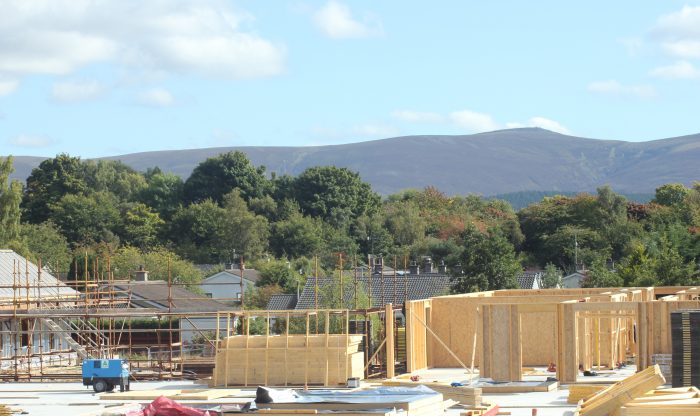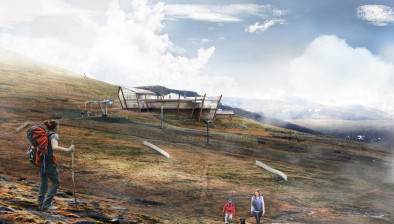Cairngorms Local Development Plan 2020 enters final stage
A new Local Development Plan (LDP) for the Cairngorms National Park is reaching its final stages with the board of the Cairngorms National Park Authority (CNPA) giving the go-ahead for the Proposed LDP 2020 to be submitted to Scottish Ministers for formal consideration.

Ensuring sufficient land for housing, jobs and services while protecting the environment is a challenge anywhere – particularly in a National Park – but the CNPA are confident that the next LDP for the area will do all that.
Meeting this morning in Ballater, board members agreed the next LDP will be good for the rural economy, for conservation and for visitors. They consider the balance is right in terms of the amount of land set aside for development to deliver homes, jobs and services but with suitable protection for areas that are high in nature conservation or recreational value.
All local authorities and National Park Authorities must prepare an LDP which directs development within an area for a five year period, setting out land allocations to deliver appropriate development in the right places and policies that will clearly help guide future decisions on planning applications.
To get to this stage in the process, the CNPA has gathered evidence since the current LDP was adopted in 2015 and has undertaken a Main Issues Report (MIR) consultation in 2017/18 that sought the public’s views on what big issues the next Local Development Plan should address.
Following a 12-week consultation on the Proposed LDP 2020, which ran from January to April this year, the comments received have been collated and assessed and now the documents will go before Scottish Ministers where it will be subject to an examination by an independent Planning Reporter. Following the Examination, the Reporter will make recommendations on how the CNPA should proceed with the LDP before it is adopted formally in 2020.
Eleanor Mackintosh, convener of the CNPA Planning Committee, said: “We prepared the proposed LDP to help tackle some difficult issues in the Cairngorms National Park, with the lack of affordable housing for local workers being the biggest single issue for communities and businesses. We are committed to ensuring the National Park’s communities remain healthy and sustainable and that means tackling these issues around affordable housing and jobs to ensure the Park is attractive and accessible for young people.”
The most notable change to policy is the proposed increase in the number of affordable homes required in new developments within the communities that have the greatest need. In Aviemore, Ballater, Braemar and Blair Atholl any new housing developments would therefore require 45 per cent affordable homes – up from 25 per cent – to ensure there is sufficient supply going forward. The Proposed LDP also retains its flexible policies that support economic development in the Park.
Xander McDade, CNPA Board convener, said: “The Cairngorms National Park is the largest National Park in the UK and a significant tourist destination attracting 1.8 million visitors each year. As well as being home to 18,000 residents, the Park is a haven for rare wildlife and its landscapes and habitats are of national and international importance. As well as allocating sufficient land for development to support vibrant communities, the next LDP has to ensure that any new development conserves and enhances the Park’s special qualities to maintain it as an attractive place to live, work and visit. My colleagues and I have today agreed that the Proposed LDP 2020 can deliver all of this and look forward to hearing back from the Scottish Government Reporter in due course, when we can formally adopt the Plan, and start to see action on the ground.”
For the CNPA, the MIR and Proposed LDP 2020 consultations were their most successful to date with record levels of engagement.
“We made clever use of creative and innovative technology,” said Dan Harris, the CNPA’s planning manager.
“By reaching out to people via social media, sharing video clips and making use of the latest mapping technology – as well as continuing with more traditional methods – we have managed to gather more views and comments than in the past, which have all helped shape the LDP.”





















